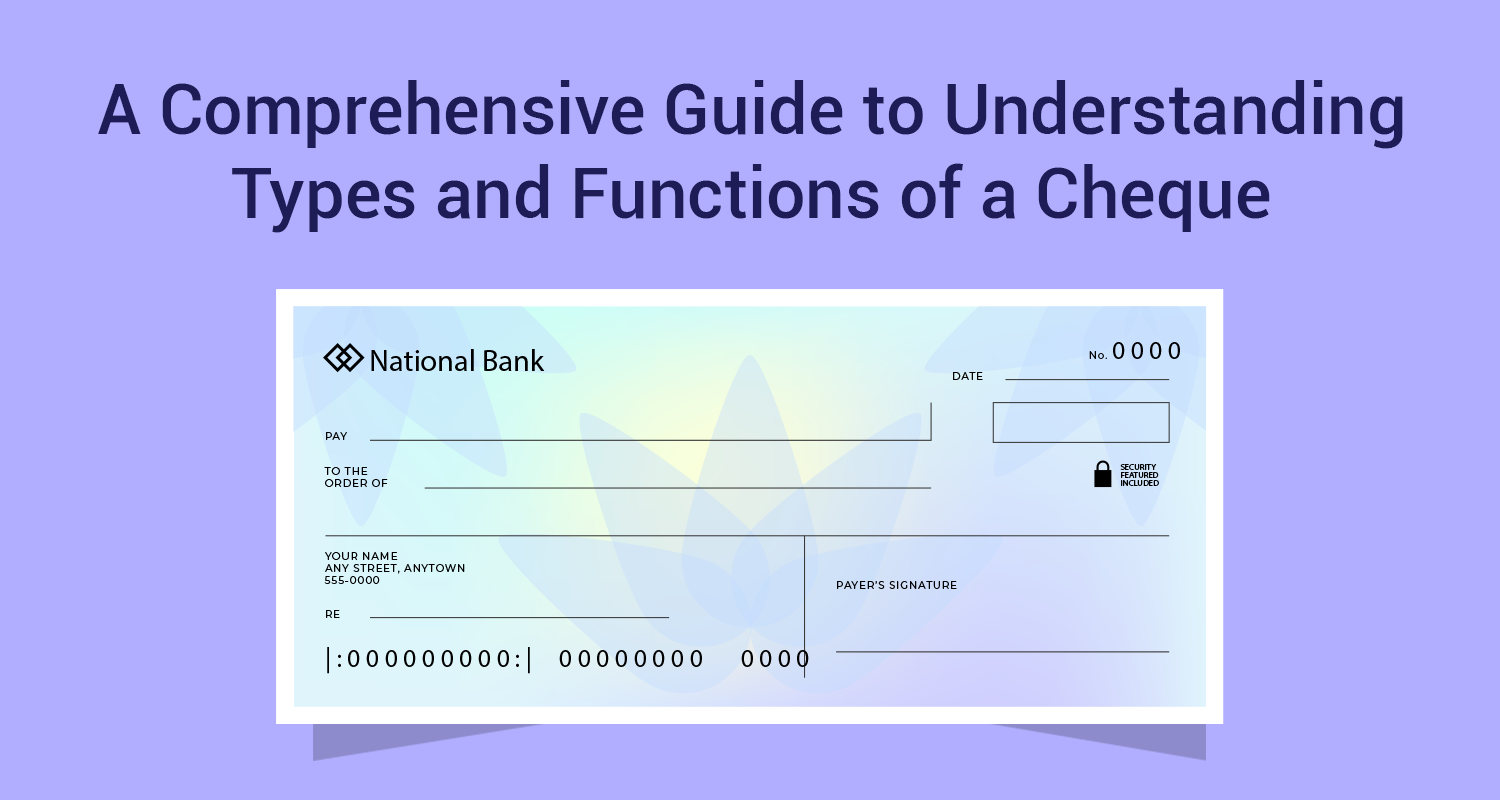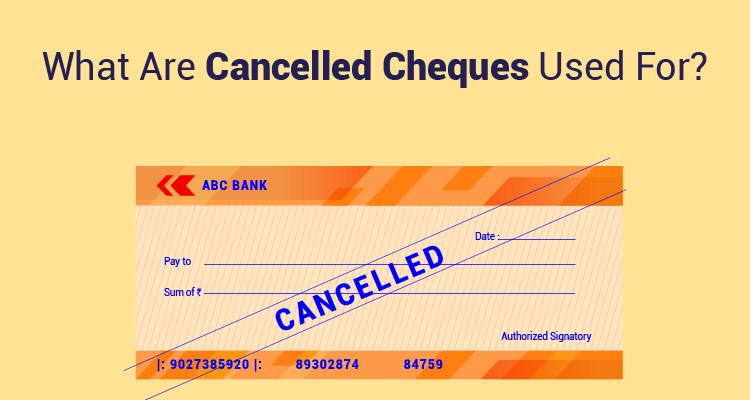Are SIPs In Mutual Funds Safe Investments In The Long Term?

We all know that over a longer period of time, investments through mutual fund SIPs has delivered better returns due to the power of rupee cost averaging. But, what about risk? Is it that the SIP is less risky or is it that risk is managed better in an SIP?

Before understanding what an SIP offers, it is essential to understand what the SIP does not offer. For example, the SIP is not an assurance of lower risk and higher returns. It has just been observed consistently in the past that when you spread your investment over time, then it enhances your returns by reducing the cost of acquisition. Secondly, SIP will reduce your risk in the long run only if you are invested in a diversified fund that is invested in quality stocks. If you do, an SIP on a fund with low-quality holdings or in a sectoral fund in a downturn, then the SIP (Systematic Investment Plan) may not be really instrumental in making your investments safer. The assumption is that you are doing SIP in a quality mutual fund portfolio which has inbuilt diversification.
There are four ways in which the SIP makes your long-term capital safer:
It Smoothens The Volatility Over TimeIn technical parlance, it is called rupee cost averaging. The basic risk of equities comes from volatility or the fluctuations in prices and returns. It is precisely this risk that the mutual fund SIP turns on its head. When you are doing a monthly SIP over a long period of around 25 years, then you have nearly 300 investment data points. Even assuming that these are random dates, it is highly probable that you will get a lower average price compared to lump sum investment. By spreading the investment across a series of data points, the SIP automatically makes the volatility work in your favour. In the process, it reduces your risk and enhances your risk-adjusted returns.
It Avoids Outlier Risk By Ignoring Market TimingThe SIP is based o the principle of time over timing. What it means is that if you keep allocating funds to an equity fund in a systematic manner without giving up on your discipline, then you need not worry about buying low and selling high. Buying low and selling high is a hypothetical situation that only exists in the minds of most investors. Studies have shown that if you catch most of the market peaks and bottoms and just miss out a handful of such outliers, even then your returns will be lower than a passive SIP. That means; it does not really make investment sense to try and time the market. A SIP is safer and also surer.
There Is Naturally Lower Risk Due To A Diversified PortfolioWhen your portfolio is diversified you automatically are exposed to lower risk. But how is a diversified portfolio really unique to an SIP. That is something you can also get in lump-sum investing. There are two things to remember. Firstly, your SIP always presupposes that you are invested in a diversified equity fund. That is when the power of SIP investing really works in your favour. Secondly, there is another aspect of strategic diversification that you can try out in SIPs. For example just as you have plain vanilla SIPs, you also have value weighted SIPs. The value-weighted SIP sets a threshold of valuations and automatically increases and decreases the SIP amount. This gives you a time and values-wise diversification apart from portfolio diversification.
The Wealth Effect Almost Negates Risk Over The Longer TermWhat exactly is the wealth effect? It essentially means that as you hold the assets for longer periods of time, the wealth ratio (ratio of investment value / actual investment) goes up sharply. There is also another aspect to the wealth ratio. Over longer periods of time, the wealth effect actually negates risk to zero. Consider the chart below.

The chart captures the American conditions but what it shows is that when you do an SIP for just 1 year then the downside risk is huge. But if you extend the holding period to 5 years, then the risk is just 2.5%. Beyond 10 years, the downside risk is zero which means that under any market conditions you will get a positive return. That is how the wealth effect works to reduce your risk.
SIPs are as risky or safe as the underlying asset class in which they are invested. The difference is that when you do SIP the combination of time and space reduces your volatility risk substantially. Empirically, SIPs have proved to be safer in the long run.
Disclaimer : The information in this blog is for general purposes only and may change without notice. It does not constitute legal, tax, or financial advice. Readers should seek professional guidance and make decisions at their own discretion. IIFL Finance is not liable for any reliance on this content. Read more



